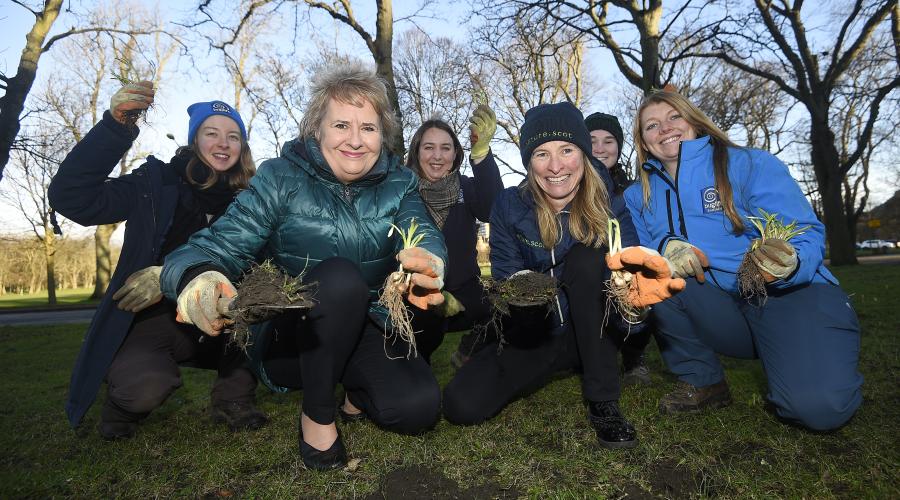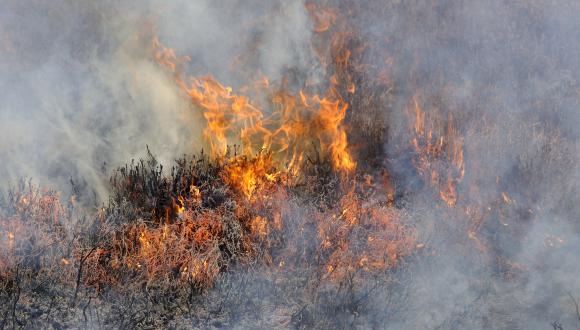
NatureScot Climate Change & Nature information sheet
Chief Executive, Francesca Osowska, gives an outline of the challenges that we face in the current climate change emergency.
However, it takes a long time to put the brakes on. After we reach net-zero, temperatures will continue to rise for decades, and sea-level for centuries. The planet is already locked into a lot of change. It’s essential we adapt to that change at the same time as reducing emissions.
This is where the ‘net’ comes into the net-zero target. The scientists’ calculations rely on major changes to how our land and seas are used. NatureScot’s work is all about this use and the habitats involved – whether native woodlands in our hills, peat bogs, marine mud thick with tiny organisms, or the networks of field boundaries and urban greenspaces in our lowlands.
We help to conserve and expand habitats, making them better connected and increasing their biodiversity. We call this ‘nature-based solutions’. They have three main interlocking benefits:
- by taking up CO2 from the atmosphere, they reduce net emissions.
- by helping reduce the severity of floods, heatwaves, sea-level rise and storms, they help our society and economy adapt to climate change we are already locked into.
- they play our part in addressing the global biodiversity crisis, with habitats and species threatened not only by climate change but also by changing use of land and sea, direct exploitation, pollution, and invasive non-native species.
And that’s not all. Putting in place more and healthier nature is good for people’s health and well-being, and for social justice. It supports various industries, from high-quality food production to tourism – and it is part of how we, and others, see Scotland. We also try to involve communities, especially young people, who are arguing passionately for transformative change.
NatureScot has delivered climate change action through nature for many years. Some is direct, like funding habitat projects on the ground, and much is about influencing policies, planning and guidance that others work within. We’ll continue to update the detail on our Climate Change webpages.
We’re now working hard to establish new and expanded action, collaborating with other organisations. In October we’ll publish our new Climate Change Commitments that will guide what we do. Here are the themes:
- Changing use of the land
- Changing use of the sea and coasts
- Tackling climate-change effects on native habitats and species
- Supporting climate resilient communities
- Enabling new development that helps address climate change
- Managing NatureScot's own emissions and sequestration
Want to play your part?
- Read our What can YOU do to help us tackle the climate emergency
- Make Space for nature campaign, close to home for all seasons
- See our Biodiversity web pages.
If we started recommending further reading, it would be hard to know where to stop, but here are the global reports that currently frame our work:
- Net Zero by the UK Committee on Climate Change
- Global Assessment on Biodiversity and Ecosystem Services by IPBES
- Climate Change and Land by the Intergovernmental Panel on Climate Change
Published: 2019




